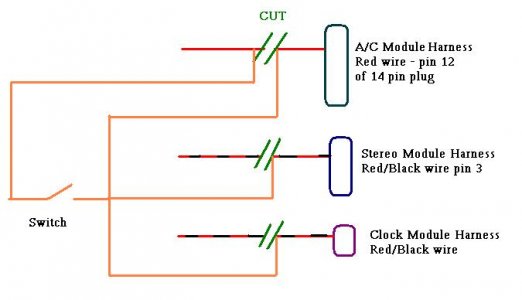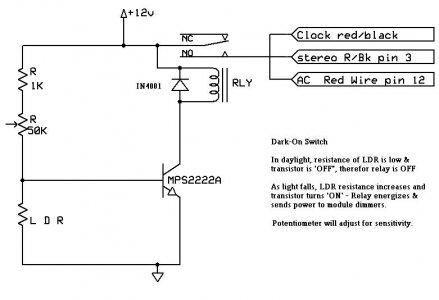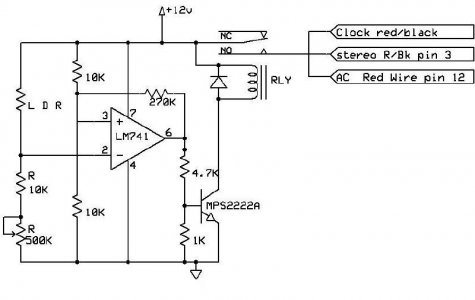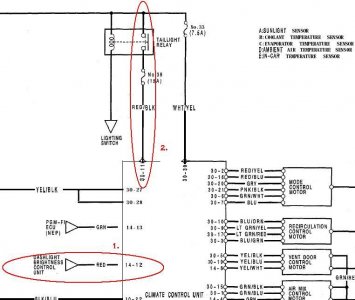Does anyone know how to uncouple the dimming of the interior instrumentation lighting (i.e. amber/red lighting on stereo components and meters) when the headlights are turned on?
Sometimes you need your headlights on at dusk, but the ambient lighting is still so bright that you can't see your stereo readout in the dimmer setting.
Sometimes you need your headlights on at dusk, but the ambient lighting is still so bright that you can't see your stereo readout in the dimmer setting.








